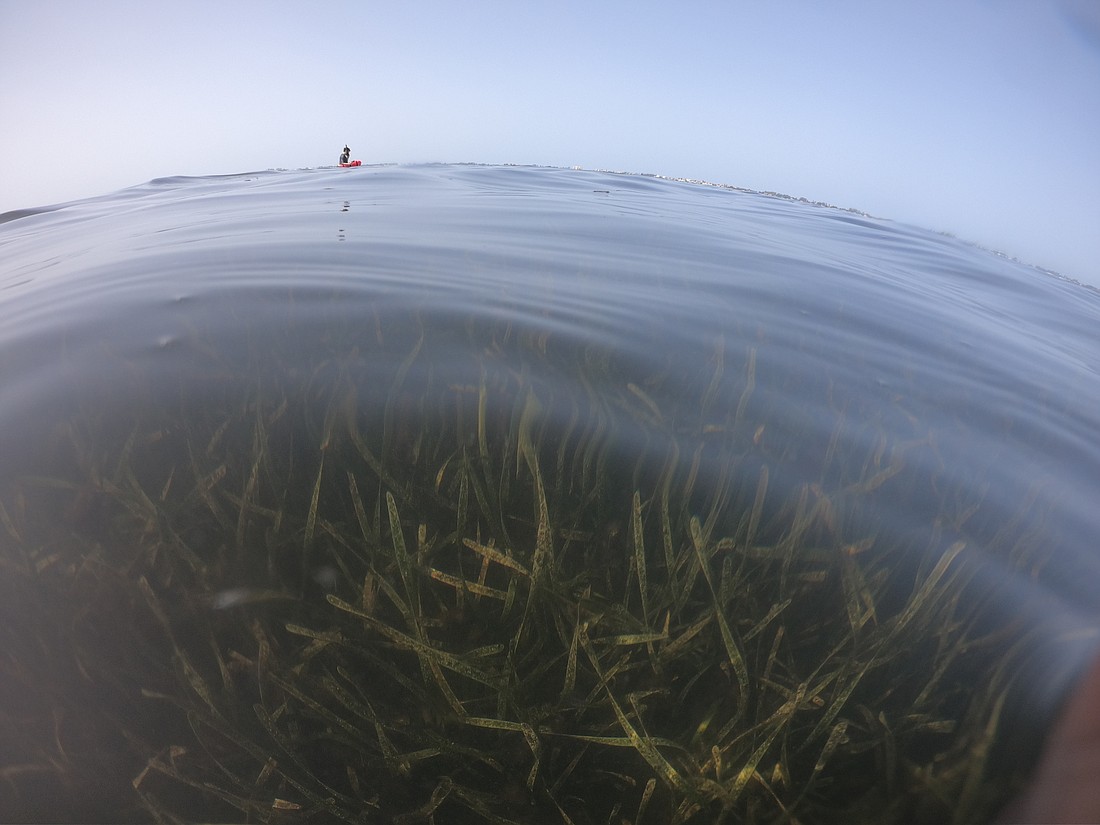- November 28, 2024
-
-
Loading

Loading

Following a variety of environmental and man-made factors, Sarasota Bay is experiencing a 12-year low in seagrass growth.
Preliminary results from the Southwest Florida Water Management District show an 18% decline in seagrass across Sarasota Bay, Roberts Bay and Little Sarasota Bay from 2018 to 2020. The loss equates to a total loss of 2,300 acres of sea grass.
Blackburn Bay showed a slight increase of about 13 acres, but the total acreage of seagrass coverage in the area is down from 12,853 in 2018 to 10,540 in 2020, officials reported. Seagrass levels have not been so low since 2008.
Seagrass is an important indicator of water quality and ecosystem health because it serves a variety of purposes.
Seagrass act as a carbon filter and buffer against climate change by reducing pollutants from the water. It also supports 70% of commercial fish species in Florida and provides food and shelter for other marine organisms.
Although there are many reasons for the loss, factors such as red tide, Hurricane Irma and various human impacts have increased the level of harmful nutrients in the bay.
The aerial surveys that show the loss were done during the winter months of 2019 and 2020. Sarasota Bay Estuary Program executive director David Tomasko said sewage spills near the bay or into its waters and the Piney Point discharge of nitrogen-rich water could make matters worse.
“We have an awful lot of work ahead of us and we could very well be set back further by potential impacts from the Piney Point spills,” Tomasko said in a press release.
Until 2016, the Bay was showing increased levels of seagrass recovery due to resident and municipal initiatives, such as upgrading wastewater treatment plants and converting septic systems to sewer systems.